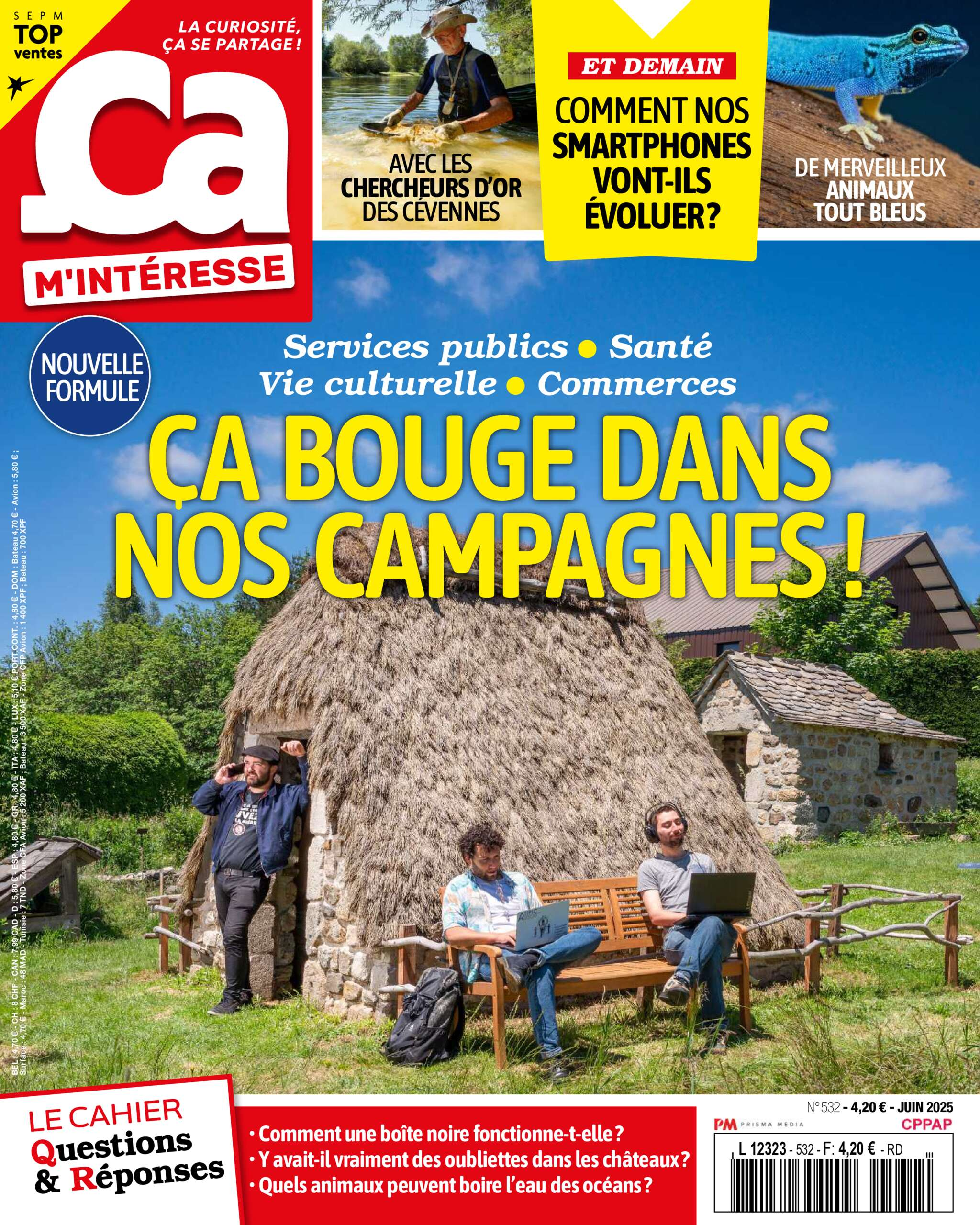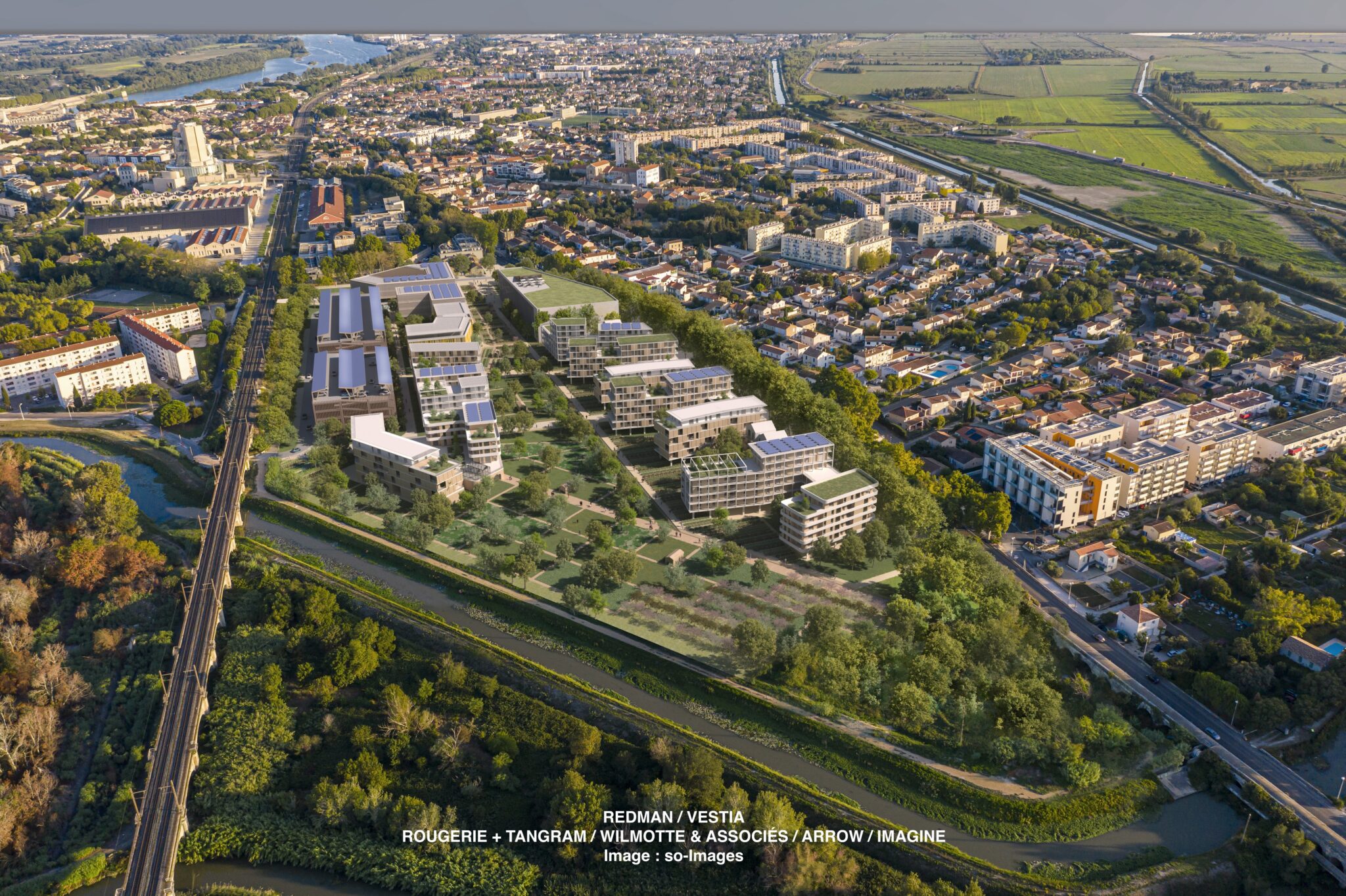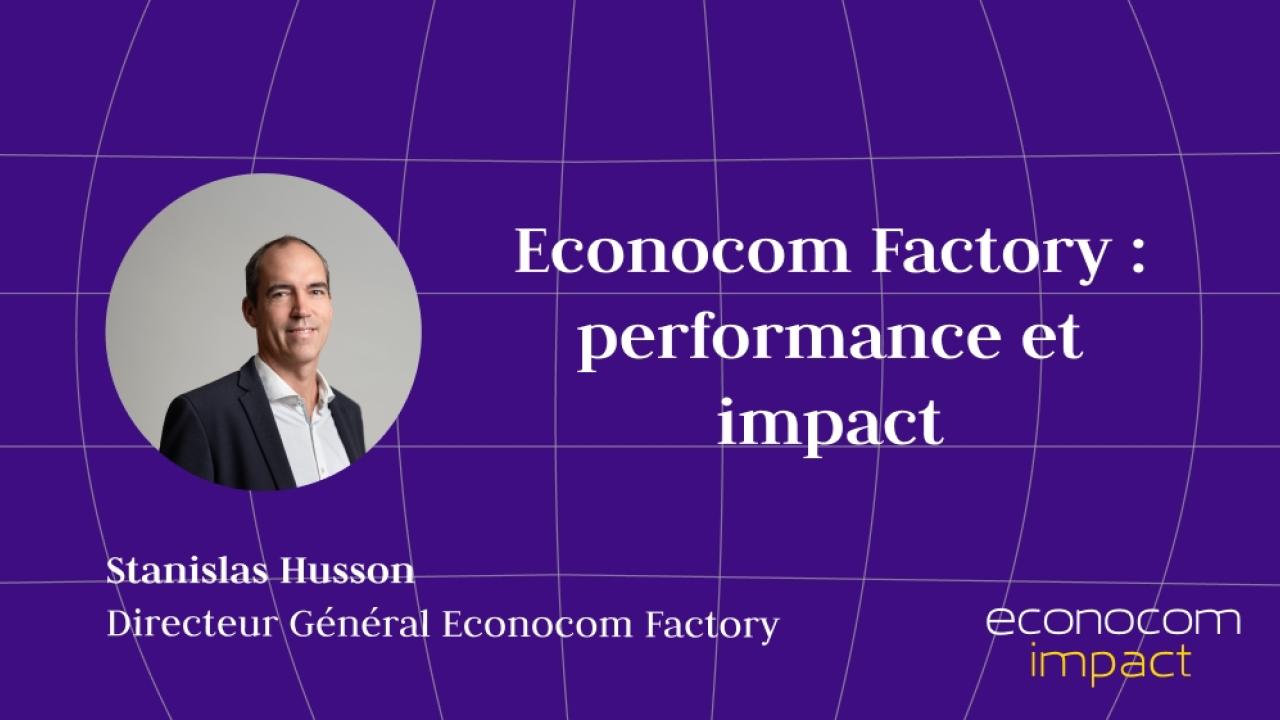Our news
Our latest news

The Survoltés d’Aubais collective transformed a former landfill into a photovoltaic park 100% funded by residents, with support from the Occitanie Region and Énergie Partagée.
This initiative showcases:
👉 Citizen involvement in the energy transition
👉 The ability to mobilize local financing without debt
👉 Participatory and transparent governance
👉 Economic returns benefiting the local community and education
With this project, Énergie Partagée once again demonstrates the positive impact of citizen financing in accelerating the energy transition while strengthening local roots.
Read more in the latest issue of Ça m’intéresse

Following a call for expressions of interest launched by the City of Arles, REDMAN has been selected to transform the 6-hectare Minimes brownfield into a model urban district: Mix-Cité.
This ambitious project aims to:
✔️ Reconnect currently disconnected neighborhoods
✔️ Create a large 3-hectare landscaped and food-producing park
✔️ Offer housing accessible to all generations
✔️ Develop an image campus, a media hub, and shared spaces
✔️ Integrate a strong environmental approach: soft mobility, stilt buildings, local energy mix, etc.
Designed as a living lab, Mix-Cité will be built through an open dialogue with residents and local stakeholders starting in 2025, to create a district that reflects the identity of Arles region.
With this project, REDMAN reaffirms its commitment to a low-impact city grounded in local realities.

In Saint-Mathieu-de-Tréviers, Econocom Factory is giving a second life to digital devices through a circular economy model.
Under the leadership of Stanislas Husson, Econocom Factory refurbishes smartphones, computers, and tablets in its 3,200 sqm facility, applying up to 60 quality control checks. The products are certified ISO 14001, Qualicert SGS, RECQ, and labeled Service France Garanti.
By extending the life of electronic devices, the company significantly reduces digital technologies’ carbon footprint, knowing that 80% of a device’s environmental impact comes from its manufacturing.
A mission-driven company since 2021 and officially recognized as part of the social and solidarity economy (ESS) in 2023, Econocom Factory also supports workforce inclusion: 32% of its 130 employees come from the SMAAART Academy, a training program run in partnership with Pôle Emploi.
👏 Hats off to Econocom Factory for this innovative approach that combines technology, responsibility, and solidarity.
